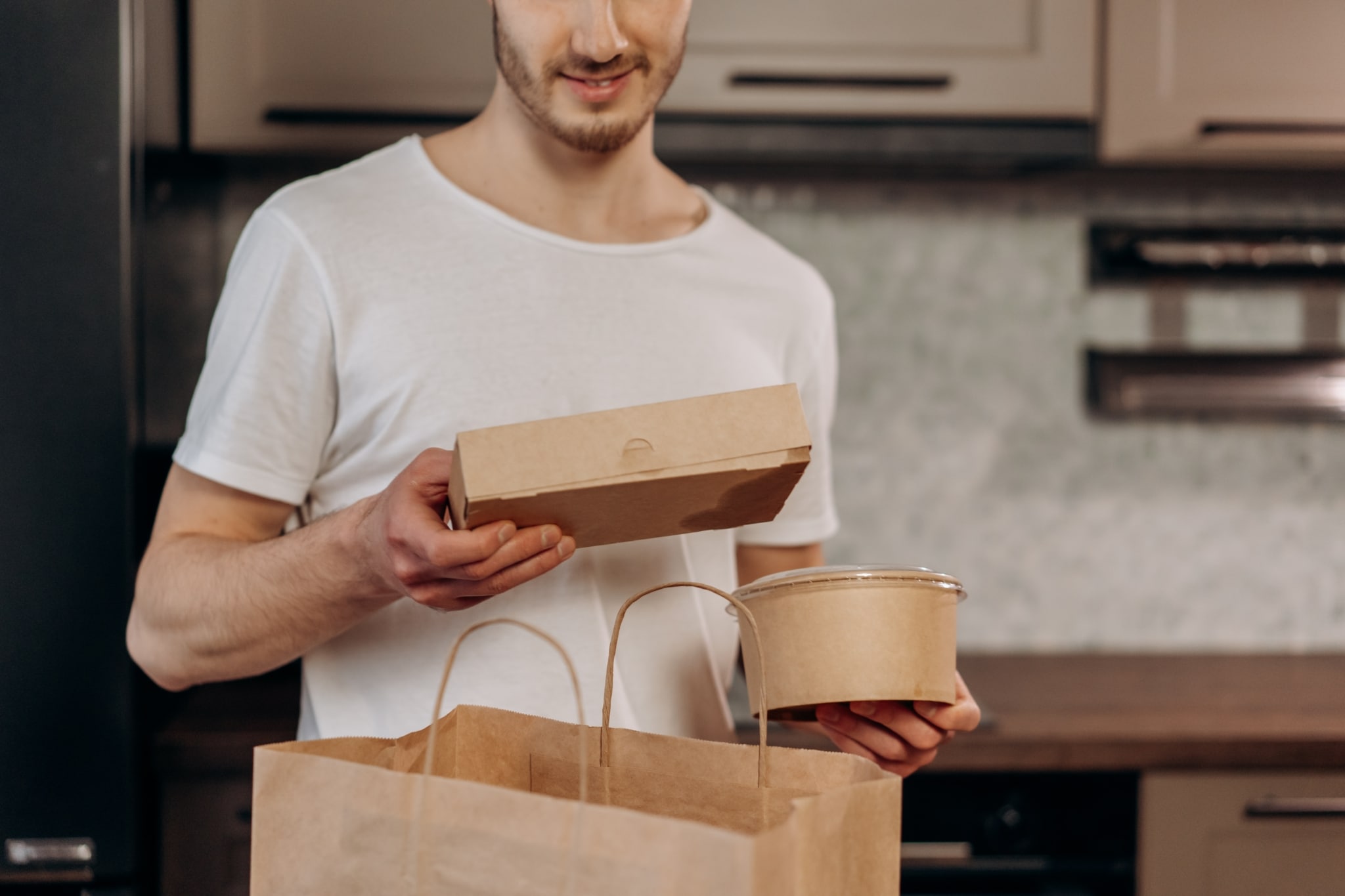The global pandemic accelerated the shift to eCommerce in all industries. Consider that in 2020, eCommerce exceeded $4.3 trillion, a volume initially forecast for 2025. That means that in just 12 months, eCommerce growth moved forward by five years. And although that growth rate isn’t likely to be sustained, we still anticipate double-digit growth year over year for the foreseeable future— and what’s more— the newly emerged shopping behaviors from the pandemic are likely to stick around for good.
What does this mean for the food and beverage industry specifically? Our 2021 AERO report shows three eCommerce trends for 2022 to watch.
Increase in BOPIS/click and collect (up 208%)
Buy Online Pickup In-Store (BOPIS), or click and collect, increased 208% as a means of limiting contact. Buy Online Return In-Store (BORIS) also grew substantially. The rapid growth of these channels coupled with consumer expectations for an integrated, omnichannel experience makes it increasingly necessary for businesses to have a 360-degree view of the personas they interact with.
Increase in account takeover attacks (55%)
There was also a 55% increase in attempted account takeover attacks, in which fraudsters use stolen usernames and passwords to make purchases and/or drain loyalty points. We expect this to continue, as fraudsters have harvested data for future attacks. New users entering the world of eCommerce are more likely to reuse passwords and less likely to take precautions to safeguard their personal data.
Higher declines for new users (5-7x higher)
The rapid growth of eCommerce equates to business from many first-time consumers. Because merchants have no data or history on these new users, it’s 5-7 times more likely that transactions with the new customers will be declined when compared to returning consumers. That trend takes on greater significance considering that 40% of new users on the receiving end of a false decline say they’ll never shop at that business again. Falsely declining new users – aka New User Missed Opportunity (NUMO) – has a high cost.
Using the Identity Graph to combat NUMO
To help companies combat NUMO, Forter uses a proprietary Identity Graph, which is made up of more than 1 billion online personas and is far more accurate than a manual review, a rules-based approach, or a scored result. When a customer interacts with your online store for the first time, our Identity Graph is used to find a similar shopper across the entire dataset.
If they’ve interacted with other businesses in the network, it establishes a history of trustworthiness. And if they’re completely unknown, their behavior and attributes are matched based on patterns of other buyers to create a precise assessment of trustworthiness. The Identity Graph ensures that new users don’t become missed opportunities. Instead, they become lifetime customers.
Food and beverage merchants have to optimize for in 2022. Not only do they need to deliver differentiated customer experiences, but fight fraud and abuse across more touchpoints and at an unanticipated scale. Forter helps food and beverage companies streamline everything from customer verification to log in, returns, and of course fraud assessment. Our automated approach allows us to help businesses scale and address new opportunities, no matter what the market brings in the future.
Read the full Annual eCommerce Revenue Optimization Report for the food and beverage industry for more details. Or schedule a personalized tour of the Forter platform today and talk with an expert about how Forter can help your company.
